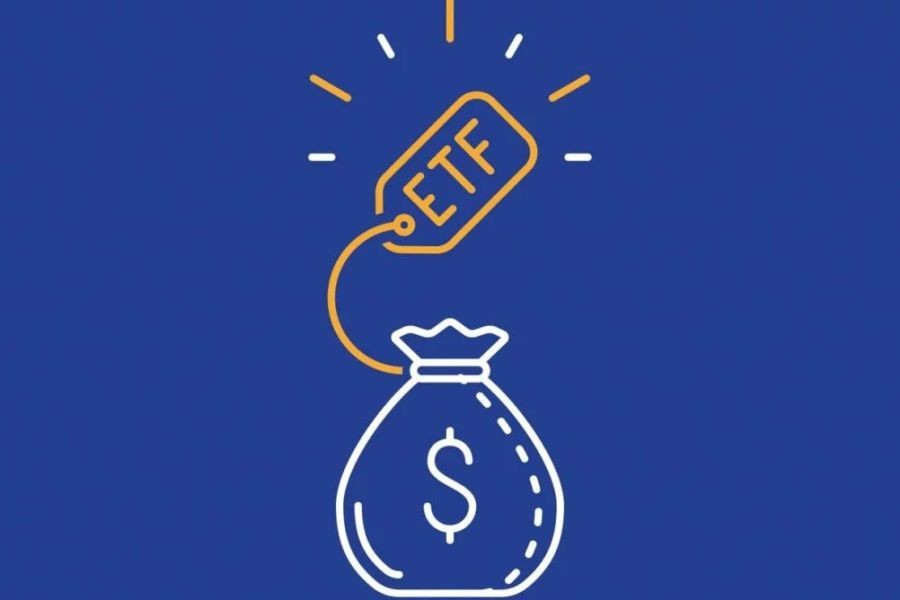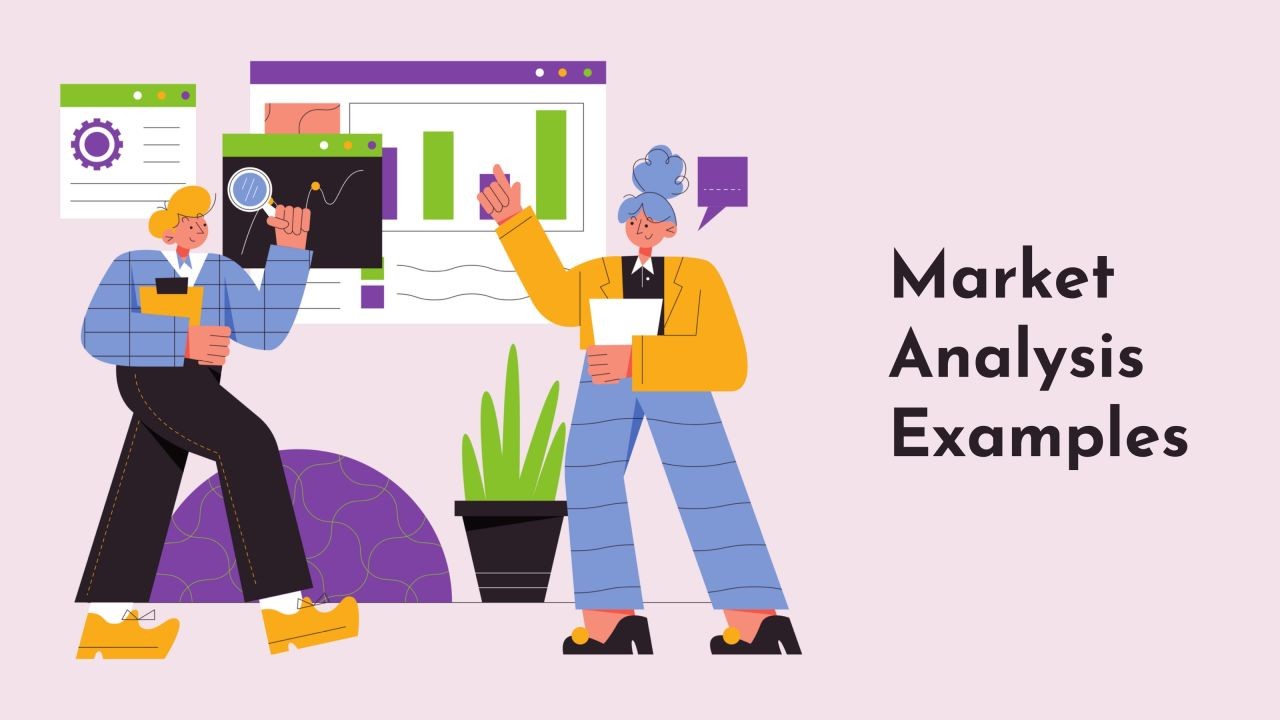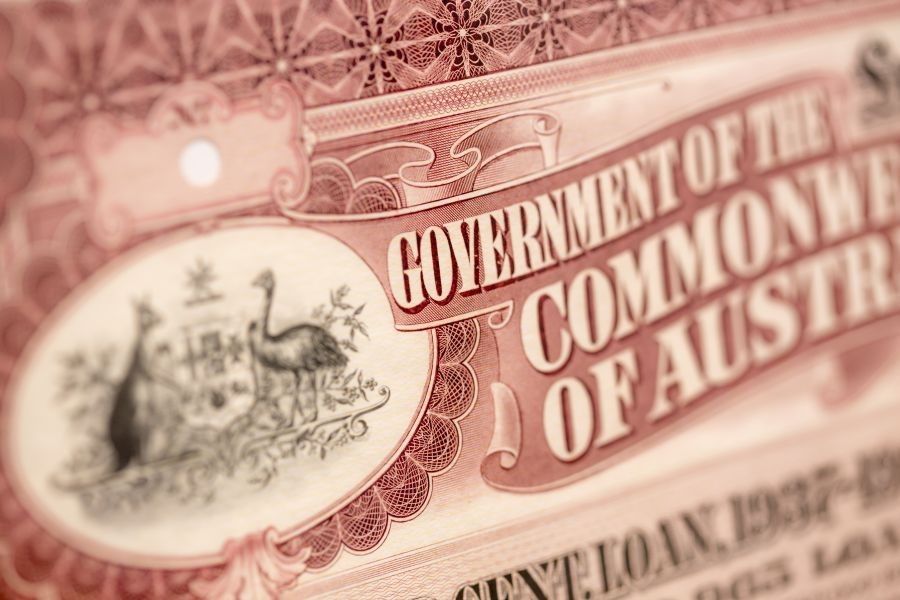The allure of Exchange Traded Funds (ETFs) as a simple and cost-effective investment vehicle has captivated Australian investors—both seasoned and novice alike. However, beneath the surface of this seemingly straightforward investment option lie hidden costs that can significantly impact returns. While the Australian market has seen a surge in ETF adoption, driven by the promise of diversification and lower fees compared to traditional mutual funds, it's imperative to understand the nuanced challenges that accompany this investment strategy.
The Australian ETF Landscape: A Growing Trend
Australia's ETF market has experienced substantial growth, with the Australian Securities and Investments Commission (ASIC) reporting a 20% year-on-year increase in ETF listings as of 2023. This trend is part of a broader shift towards passive investing, which accounted for approximately 30% of Australia's total investment funds in 2022, according to data from the Reserve Bank of Australia (RBA). With ETFs offering exposure to diverse asset classes and geographic markets, they provide a compelling case for investors seeking portfolio diversification. However, understanding their hidden costs is crucial for making informed investment decisions.
Pros and Cons of ETF Investing
✅ Pros:
- Cost-Effective: ETFs generally have lower expense ratios compared to mutual funds.
- Liquidity: Traded like stocks on exchanges, offering easy entry and exit.
- Transparency: Regular disclosure of holdings allows for clear insight into investments.
- Diversification: Access to a broad range of asset classes and sectors.
❌ Cons:
- Hidden Fees: Trading costs, bid-ask spreads, and management fees can erode returns.
- Tracking Error: ETFs may not perfectly replicate the performance of their underlying index.
- Market Risks: Subject to market volatility and sector-specific risks.
- Tax Implications: Capital gains tax and dividend distributions can impact returns.
Understanding the Hidden Costs: A Deep Dive
The notion that ETFs are devoid of hidden costs is a common misconception. While their expense ratios are often lower, investors should be aware of several additional costs:
1. Trading Costs
ETFs are traded on exchanges, and each transaction incurs brokerage fees. Frequent trading, driven by attempts to time the market, can lead to substantial costs over time. The Australian Competition & Consumer Commission (ACCC) advises investors to consider these transaction costs, which can vary significantly across different platforms.
2. Bid-Ask Spread
The bid-ask spread represents the difference between the highest price a buyer is willing to pay and the lowest price a seller is willing to accept. In less liquid markets, this spread can be wide, leading to increased trading costs. Australian investors often overlook this aspect, focusing solely on expense ratios.
3. Management Fees
Though typically lower than mutual funds, ETF management fees can vary. Some niche or specialized ETFs carry higher fees that can accumulate over time, impacting overall returns. It's crucial for investors to compare these fees across different ETFs within the same sector.
4. Tax Implications
Investors need to consider the tax implications of ETF investments. In Australia, capital gains tax can be a significant factor, particularly if ETFs are held in taxable accounts. Additionally, dividend distributions may be subject to withholding taxes, depending on the ETF's structure.
Case Study: The Hidden Costs in Action
Consider the case of an Australian investor, Jane, who decided to invest in an ETF tracking the ASX 200. While the ETF's low expense ratio appeared attractive, Jane overlooked the bid-ask spread and frequent trading costs. Over the course of a year, these hidden fees accounted for an additional 0.5% in costs, eroding her returns by approximately AUD 500 on a AUD 100,000 investment.
Regulatory Insights: Protecting Investors
Australian regulators like ASIC and the APRA have introduced measures to ensure transparency and protect investors. For instance, ASIC mandates that ETF issuers disclose costs, including management fees and transaction costs, in their Product Disclosure Statements (PDS). However, investors must proactively analyze these documents to understand the full cost implications.
Common Myths and Mistakes in ETF Investing
Myth 1: ETFs are Always Cheaper than Mutual Funds
Reality: While ETFs often have lower expense ratios, additional trading costs and tax implications can make them more expensive than some mutual funds, especially for short-term investors.
Myth 2: All ETFs Perform the Same as their Index
Reality: Tracking error can lead to performance deviations, especially in volatile markets or specialized sectors.
Myth 3: Dividends from ETFs are Tax-Free
Reality: Dividends are subject to taxation, and investors should consider the impact of taxes on their net returns.
Future Trends and Predictions
The ETF market in Australia is poised for continued growth, with Deloitte forecasting that by 2028, ETFs will comprise over 40% of the investment fund market. However, as the market matures, investors can expect increased focus on sustainable and ESG-compliant ETFs, reflecting global trends towards responsible investing.
Conclusion: Navigating the ETF Landscape
ETFs offer a compelling investment opportunity, but understanding their hidden costs is crucial for maximizing returns. Australian investors should conduct thorough cost-benefit analyses, considering factors like trading costs, bid-ask spreads, and tax implications. By staying informed and leveraging resources like ASIC's guidelines, investors can navigate the ETF landscape effectively.
What strategies have you adopted to mitigate the hidden costs of ETF investing? Share your insights in the comments below and join the conversation.
Related Search Queries
- ETF investing costs Australia
- Hidden fees in ETFs
- Best ETFs for Australian investors
- ETF vs mutual fund costs
- Tax implications of ETFs in Australia
People Also Ask
How do hidden costs impact ETF returns in Australia? Hidden costs such as trading fees, bid-ask spreads, and management fees can significantly erode ETF returns. According to ASIC, these costs vary and should be carefully considered by investors.
What are the biggest misconceptions about ETF investing? One common myth is that all ETFs perform identically to their indices. However, tracking errors and hidden fees can lead to deviations, impacting overall performance.
































RoseannChu
5 months ago